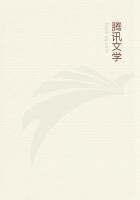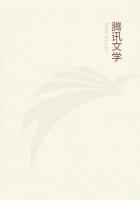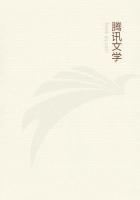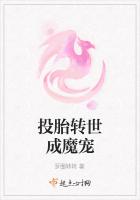The Beginning of the End Reign of Sadasiva --The king a prisoner but acknowledged --Rama Raya --The Adil Shah again at Vijayanagar --Bijapur in danger --Saved by Asada Khan --Rebellion of Prince Abdullah --Royal gratitude --Death of Asada at Belgaum --The Portuguese support Abdullah --Treaties --Ain-ul-Mulkh --Fights near Goa --Rama Raya's threatened expedition to Mailapur --He joins the Adil Shah and wastes the territories of Ahmadnagar --Portuguese violence on the Malabar coast --The Inquisition at Goa.
Sadasiva,then,began to reign in 1541or 1542A.D.,but was only nominally king,the whole power of the state being in the hands of Rama Raya and his two brothers,Tirumala and Venkatadri.That Sadasiva was recognised by every one as the real sovereign is shown by a large number of inions,ranging from 1542to 1568;[290]most of which,however,have not yet been properly examined.A careful study has been made by Dr.Hultzsch[291]of one of these,dated in A.D.1566--67,a year or so after the great defeat of the Hindus at Talikota and the destruction of the capital;and this is especially interesting as it bears out my assertion that even the three brothers themselves recognised Sadasiva as king,though he had no power and was kept under constraint.In this document Rama Rajah's brother,Tirumala,is the important personage,but he submits to the minor title,MAHAMANDALESVARA,while Sadasiva is mentioned as sovereign.The inion states that a certain person presented a petition to the "Mahamandalesvara Rama Raja Tirumala Raja,"who,AFTER OBTAININGSANCTION AT THE FEET OF SADASIVA-DEVA MAHARAYA,granted a village to the great temple at Vellore.Rama Rajah and Venkatadri were both at that time dead,and Tirumala was king DE FACTO.Couto[292]even goes so far as to say that the three brothers "went on one day every year and prostrated themselves before their lawful sovereign in token of his rights over them."But as to the read relationship of Achyuta to Krishna,and Sadasiva to both,we are still completely in doubt.
We saw that,according to Nuniz,Krishna Deva,immediately on his accession to the throne,imprisoned his three brothers and a nephew,then eight years old,son of the late king,"Busbalrao."This was in the year 1509A.D.,and Krishna was then over twenty years old.We hear of no king of the name of "Busbalrao,"or anything like it,from other sources;nor are the names of Krishna's three brothers as given by Nuniz[293]at all like those of the two half-brothers mentioned in some of the inions.
More than one epigraphical record contains the following genealogy:--Here we have two half-brothers of Krishna Deva named Ranga and Achyuta,the latter being chosen king;and a nephew,Sadasiva.
Two inions noted in my "Sketch of the Dynasties of Southern India"[294]state that Achyuta was the son of Krishna Deva;while a Telugu work,the MANUCHARITRAM,makes him son of the second Narasimha.Couto[295]says that he was nephew of Krishna Raya.
As to Sadasiva,some authorities make him,as stated above,nephew of Krishna Deva and son of Ranga,while another says that he was the son of Achyuta.
An inion at Conjeeveram[296]states that Achyuta had a wife named Varada Devi who bore him a son,Venkata.Venkata was actually raised to the throne,but lived only a short time,and then young Sadasiva was crowned king.
If it is necessary to make any choice amid all this confusion,Irecommend my readers to accept provisionally the pedigree given in the above table,leaving it for future research to finally settle the question.
As to Rama Raya,several inions state that he and his two brothers were sons of one Ranga Raya,whose pedigree is given;and Professor Kielhorn considers it established that Rama married Krishna Deva's daughter.[297]She was probably a child at her marriage.She had a brother eighteen months old at the time of Krishna Deva's death --so Nuniz says --but we hear nothing more about him,or what became of him.Another daughter of Krishna Deva Raya's is said to have been married to Rama Raya's brother,Tirumala.Some authorities state that Rama's wife was Sadasiva's sister.[298]
That there were disturbances at the capital on the death of Achyuta in 1542seems clear;and indeed it could hardly be otherwise,for he appears to have dislocated the whole empire,alienated the nobles,upon whom the defence of the country rested,and aroused in them a spirit of rebellion to the crown.
Gaspar Correa has left us an account of what took place at Vijayanagar at that time,and I repeat his story for what it is worth;though it certainly seems as if he had made a mistake and brought down to this year the affairs of 1535--36,the story of which has already been told.For he alludes to a visit of the Adil Shah to Vijayanagar,and unless there were two such visits,Correa would seem to be in error,since Firishtah's date is confirmed by Nuniz,in whose time King Achyuta was alive.

